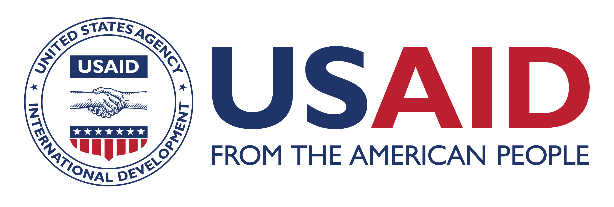
Resource Library
Assessing the performance, practices and roles of drug sellers/dispensers and mothers'/guardians behaviour for common childhood conditions in Kibaha district, Tanzania
In most third world countries, self-medication is common and pharmacies, drug stores and drug shops are important providers of health advice and inexpensive medicines. We used exit interviews to assess drug sellers'/dispensers' roles and consumers' behaviour in Kibaha district, Coast region, Tanzania. Exit interviews with mothers/guardians reported the following childhood conditions treated with or without prescriptions at drug shops: respiratory infections (34%), fever (21%), a combination of diarrhoea, acute respiratory infection (ARI) and fever (14%), diarrhoea alone (13%) and other conditions (17%). The majority of drug sellers/dispensers prescribed or dispensed branded drugs (85%) for most mothers/guardians who visited these drug shops. In addition, antibiotics in total were prescribed for 31% of the mothers/guardians. Of the antibiotics dispensed, 38% were not prescribed by clinicians. In total, oral rehydration salts (ORSs) (3%), antimalarials (sulphadoxine/pyrimethamine) (24%) and antipyretics (11%), were prescribed in 20% but were bought by only 9%; multivitamins (6%), cough mixtures (4%) and other drugs (2%) (antihelminthics, benzylbenzoate emulsions, ear and eye drops) were also purchased from these facilities. Of the diarrhoea case histories presented by simulated clients at the drug shops, only 35% of the bloody diarrhoea scenarios were accurately diagnosed for getting antibiotics as compared with 44% for watery diarrhoea for which the use of antibiotics were wrongly advised (P<0.01). Furthermore, drug sellers/dispensers in these drug shops recommended use of ORS less frequently (3%) for a combination of diarrhoea, ARI and fever, and 2% for ARI alone than for watery (29%) and bloody diarrhoea (32%), respectively, for children under five years of age (P<0.001). Antimicrobial agents were advised for ARI (38%), watery diarrhoea (44%) and bloody diarrhoea (35%), respectively, with no significant difference among the three common childhood conditions. Antipyretics were advised in almost all childhood conditions but were least in watery (2%) and bloody diarrhoea (4%). This study demonstrates that antibiotics are overused in both the urban and rural settings of Kibaha district and that this is due to both clinicians'and drug sellers'prescribing practices in public and private facilities. The use of branded drugs was more common than that of generic drugs in private pharmacies, drug stores and ordinary shops. It is hereby proposed that any intervention should focus on training both facilities in the district on selectively prescribing and rational use of antibiotics for ARI and diarrhoea, and also to prescribe and dispense generic drugs so that it costs patients less when they buy drugs in shops. There is a need to increase awareness in recommending the use of ORS for clients to manage watery and bloody diarrhoea, and ARI in children under five years of age.
Resource Type : Brief
Country : Tanzania
Year : 2007-10-01T00:00:00
Language : English
Project : SHOPS


